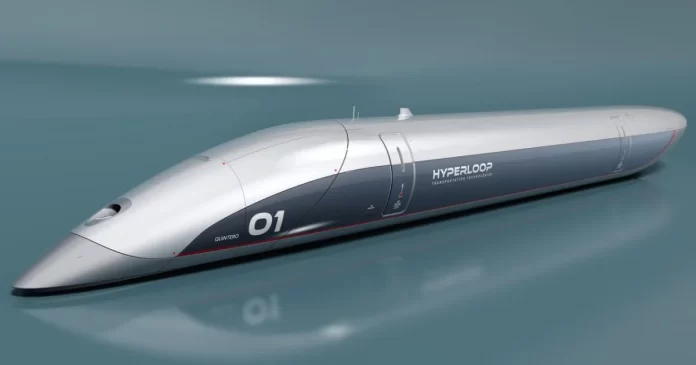Top engineering and rail design institutions in China have revealed plans to build the nation’s first hyperloop train line, which will connect Shanghai and Hangzhou.
This innovative project will include an in-vacuum tunnel that will allow maglev trains to go as fast as 1,000 km/h (621 mph), spanning 150 km (93 miles).
To choose the best site for the demonstration line of the ultra-high-speed pipeline maglev system, the Chinese Academy of Engineering and the rail authorities carried out an extensive evaluation.
Scientists engaged in the project reported in a paper published in Railway Standard Design that Shanghai and Hangzhou turned out to be the best cities for the ambitious project.
The Chinese Academy of Engineering actively participates in the ideation, planning, and building of significant infrastructure projects around the country, and its top specialists and engineers play a crucial role in advising the government on scientific and technological concerns.
The evaluation team, which included senior engineer Zhang Yunjiao from China Railway Engineering Design and Consulting Group, carefully examined many possible lines for the hyperloop project, including Chengdu-Chongqing, Guangzhou-Shenzhen, and Beijing-Shijiazhuang.
Every path offered unique benefits. The Beijing-Shijiazhuang line, for example, would link the provincial seat of Hebei with the capital city of Beijing, reducing traffic and improving mobility in the north. By connecting two significant economic centres in the Pearl River Delta, a Guangzhou-Shenzhen line will promote growth and development in the Guangdong-Hong Kong-Macau Greater Bay Area.
In the meantime, the fast-developing Belt and Road Initiative would promote economic growth by connecting two key cities in western China by the Chengdu-Chongqing line.
The selection process took into account a wide range of variables, including population density, economic potential, technological viability, social effect, political backing, and interaction with other transit networks.






